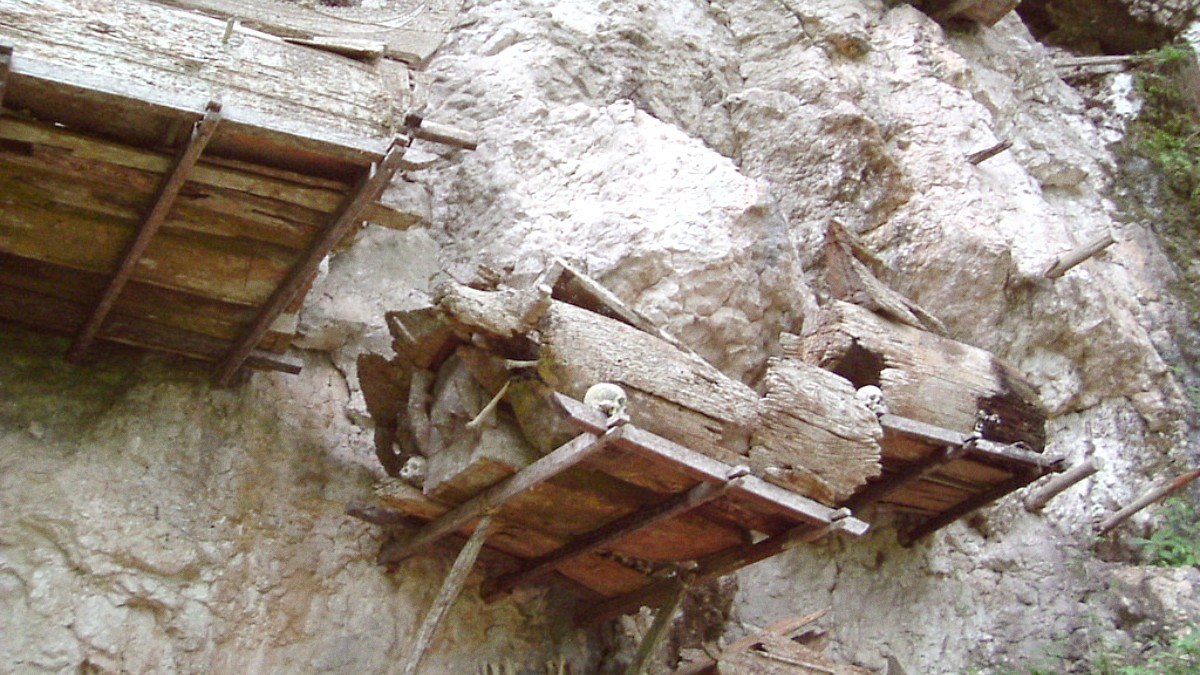
Sulawesi, Indonesia
Budget-friendly, often family-run, basic rooms, sometimes shared bathrooms. Many include a simple breakfast.
More amenities, private bathrooms. Some may feature a pool or on-site restaurant.
Limited higher-end properties, more comfort, wider services, traditional Torajan architecture often incorporated.
Look for air conditioning (less common/needed due to cooler climate) or on-site dining.
Staying with local families. Enjoy traditional meals, gain direct insights into daily life and customs. A genuine connection.
Some guesthouses or villagers offer lodging in simplified or adapted Tongkonan-style buildings. Experience iconic architecture from the inside, facilities may be basic.
Limited compared to major tourist destinations. Some private homes might be listed on Vrbo or other platforms, but not widespread.
No designated campsites for tourists. Wild camping is generally not recommended without local guidance.
Staying with local families or in adapted Tongkonan-style buildings creates cultural immersion and a genuine connection.
Some guesthouses may offer weekly or monthly rates for longer stays. Inquire directly with properties for extended visits.
Not generally recommended without local guidance or a clear understanding of the area and local customs. Your guide can arrange basic shelter for multi-day treks.
Choosing where to stay in Tana Toraja often comes down to your preference for convenience versus immersion.
Can be noisy with traffic and market activity, specifically during the day.
Offer a peaceful, quiet ambiance. Sounds of nature replace urban noise, creating a calming atmosphere.
The region's atmosphere shifts from bustling town life to serene natural and cultural settings.
Book accommodation several weeks to even months in advance. Demand is highest for popular guesthouses and mid-range hotels.
Book a few weeks ahead, especially if you have specific preferences for a particular guesthouse or hotel.
Booking.com and Agoda are widely used platforms for finding and reserving hotels and many guesthouses.
Contacting guesthouses or hotels directly via email or phone sometimes secures better rates or specific rooms.
For smaller guesthouses or homestays, especially during the low season, some room for negotiation on walk-in rates exists. Approach politely.
Accommodation prices are generally higher during the high season (July-August) due to increased demand. Prices may decrease slightly during the low season.
Low season travel often presents better value for accommodation and tours.
Walk-ins are often possible during the low season. Booking a few days ahead remains advisable for peace of mind.
Many local tour operators arrange accommodation as part of a package. This can streamline your travel planning.
A convenient way to organize a complete itinerary, including transport and activities.
Operators can customize trips to your preferences, including lodging style.
Benefit from their local knowledge for the best stay locations.
(Illustrative examples based on common types; check availability on booking platforms)
Family-friendly: Hotels with larger rooms or interconnected options, possibly with a swimming pool.
Some accommodations mirror traditional Tongkonan architecture, providing a visual and experiential link to local heritage.
Staying directly within or very near cultural villages deepens your immersion into local customs and daily life.
These properties often have strong ties to local families and their ancestral traditions, offering unique perspectives.